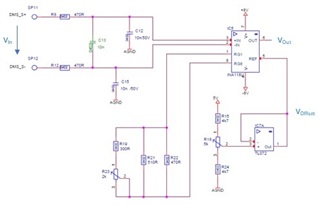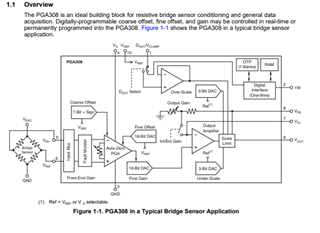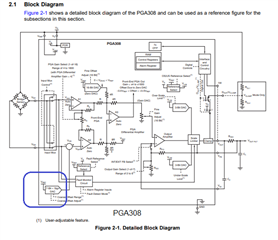Other Parts Discussed in Thread: INA188, PGA308, PGA309
Hi,
we are using the INA118 for amplification of a strain gauge force sensor. The unloaded sensor output voltage can vary between +64mV to -64mV due to tolerances of sensor and due to forces applied during application. As we need a gain of round about 500, the strain gauge need to be compensated by a manually adjusted bridge balancing element to adjust the sensor output voltage to less than 2µV.
As the INA118's output is G*(Vin+ - Vin-) + Voffset, the "allowable" offset at the input for high gain settings is fairly low... For 5V single supply and Gain of 500, 1mV offset (Vin+ - Vin- = 1mV) would already end up with 0,5V Output voltage, which needs to be adjusted by the Ref. Voltage)...
I assume an instrumentation amplifier adding the external offset adjustment to the input voltage, i.e., Vout = G*(Vin+ - Vin- + Voffset) should support easier adjusment while - for sure - require stable offset voltage as any offset drift (due to temp. etc.) will be amplified as well..
As there seems no such amplifiers avaible, am I wrong with my assumption, or, will such kind of "stable offset" voltage be impractical to achieve?
KR




